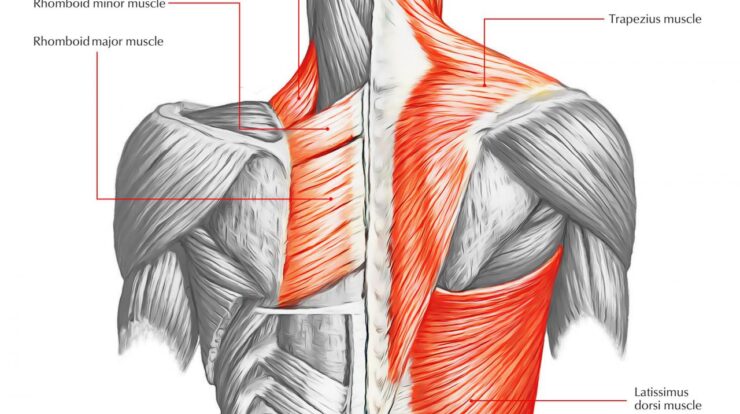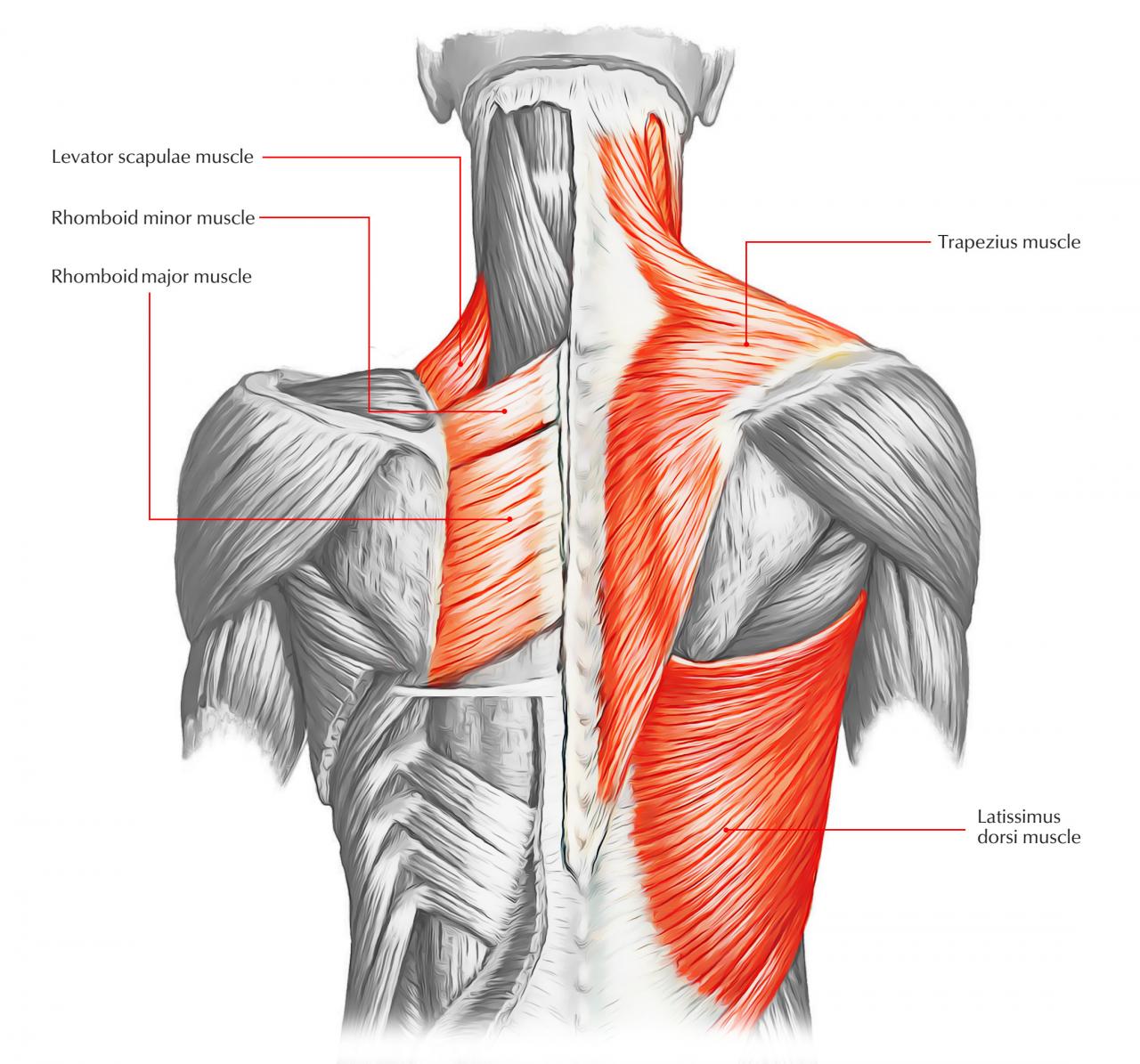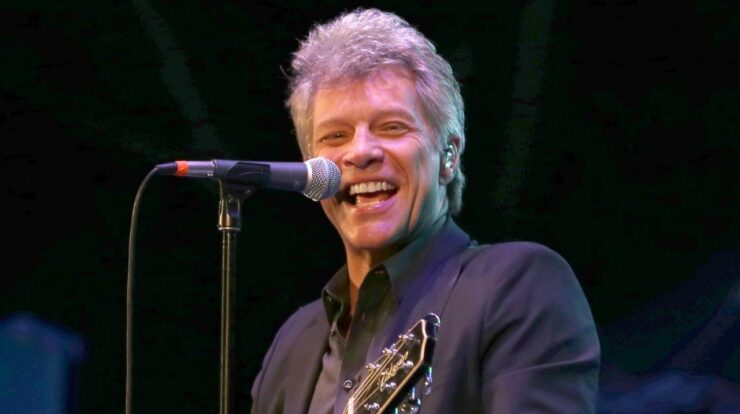
Back muscles, the unsung heroes of the musculoskeletal system, play a pivotal role in our overall health and well-being. From maintaining good posture to enabling athletic prowess, these muscles are essential for everyday movement and optimal performance.
This comprehensive guide delves into the anatomy, function, and importance of back muscles. We’ll explore exercises to strengthen and develop these muscles, discuss common back injuries and their prevention, and highlight the crucial role back muscles play in rehabilitation and sports performance.
Back Muscles: Essential for Fitness and Health
Back muscles play a crucial role in overall fitness and health. They contribute to good posture, balance, and mobility. Strong back muscles enhance sports performance, reduce the risk of injuries, and support daily activities.
Anatomy of Back Muscles

The back muscles are divided into several groups based on their location and function. The major groups include:
- Trapezius:Located at the upper back, responsible for shoulder and neck movements.
- Latissimus dorsi:The largest back muscle, extending from the spine to the armpits, involved in pulling and rotating the arm.
- Erector spinae:A group of muscles running along the spine, supporting the trunk and maintaining posture.
- Rhomboids:Located between the shoulder blades, responsible for retracting the shoulder blades.
- Levator scapulae:Elevates the shoulder blades.
Exercises for Back Muscles
To strengthen and develop back muscles, various exercises can be incorporated into a fitness routine. Some effective exercises include:
| Exercise | Muscles Targeted |
|---|---|
| Pull-ups | Latissimus dorsi, biceps, erector spinae |
| Rows (barbell, dumbbell, cable) | Latissimus dorsi, rhomboids, erector spinae |
| Deadlifts | Erector spinae, glutes, hamstrings |
| Back extensions | Erector spinae, glutes, hamstrings |
| Reverse flyes | Rhomboids, trapezius |
Common Back Injuries, Back muscles
Back injuries are common and can range from minor strains to severe disc herniations. Some common causes include poor posture, lifting heavy objects improperly, and repetitive movements.
Maintaining healthy back muscles is crucial for overall well-being. Regular exercise, as highlighted by experts at barnstable.mecconline.org , is the key to preventing flexibility issues. Stiff and tight muscles can lead to severe back pain, as explained in this article . For those looking to target lower back fat, effective exercises are available at arecibo-municipality.mecconline.org
.
Preventing back injuries involves maintaining good posture, using proper lifting techniques, and strengthening back muscles through exercise.
On a lighter note, Mother’s Day is just around the corner, and finding the perfect gift can be a challenge. For inspiration, check out happy mother’s day pictures for heartwarming and thoughtful ideas.
Back Muscles and Posture
Strong back muscles are essential for maintaining good posture. Weak back muscles can lead to postural imbalances, such as slouching, rounded shoulders, and lower back pain.
Improving posture involves strengthening back muscles through exercises like rows, pull-ups, and back extensions. It also includes practicing proper posture while sitting, standing, and lifting objects.
Back Muscles and Sports Performance
Strong back muscles are crucial for various sports, including weightlifting, swimming, and tennis.
Exercises like deadlifts, rows, and pull-ups enhance power, agility, and endurance. These exercises target the back muscles responsible for generating force, stabilizing the body, and supporting movements.
Back Muscles and Rehabilitation
Back muscles play a vital role in rehabilitation after injuries or surgeries involving the back.
Exercises like pelvic tilts, bridges, and side planks are used to strengthen and rehabilitate back muscles. Proper form and guidance from a healthcare professional are essential during rehabilitation.
Ending Remarks: Back Muscles

In conclusion, back muscles are not just a supporting cast; they are the backbone of our physical capabilities. By understanding their anatomy, functions, and care, we can unlock their full potential and live healthier, more active lives.
Clarifying Questions
What are the major back muscle groups?
The major back muscle groups include the trapezius, latissimus dorsi, rhomboids, erector spinae, and spinalis.
How can I strengthen my back muscles?
Effective exercises for strengthening back muscles include rows, pull-ups, deadlifts, and back extensions.
What are some common back injuries?
Understanding the role of back muscles is crucial in preventing back pain. Regular exercise is the best way to maintain flexibility, as explained in this article . In addition, specific exercises for lower back fat can help strengthen these muscles.
Stiff and tight muscles can result in back pain, as discussed in this research . Wishing all mothers a Happy Mother’s Day with beautiful pictures and expressions of love.
Common back injuries include sprains, strains, herniated discs, and sciatica.





